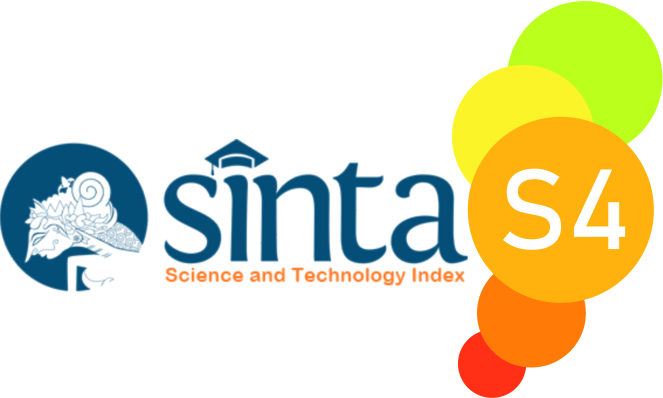Implementation of Soap-Making Training at UPTD Minyak Atsiri, Padang City
 ), Wirdatul Aini(2),
), Wirdatul Aini(2), (1) Universitas Negeri Padang
(2) Universitas Negeri Padang
 Corresponding Author
Corresponding Author
DOI : https://doi.org/10.24036/spektrumpls.v11i3.121993
Full Text:
 Language : en
Language : en
Abstract
The fact that the participants were successful in reaching their objective of developing the participants' abilities and also their skills regarding soap-making activities. With the UPTD of Essential Oils in the City of Padang, which created a soap-making training program, it could help realize the wishes of the participants and achieve the implementation of the program provided by the institution. The teaching method is very influential in the delivery of material, so that participants can make soap products and market these products so that they can increase the economy of each participant. When conducting research, a qualitative methodology known as the case study method is used. The training participants who served as the study's subjects, the instructors, and the soap-making committee served as the study's informants. Utilized data collection methods comprise seeing, recording, and speaking with people. The methods of data analysis employed are data reduction, data display, and conclusion-making. Method triangulation and source triangulation are both used in the data validation process. The findings due to investigation show lest implementation of soap-making training at the UPTD Essential OilsThe conclusion is that; a) participants understand the terms and conditions provided by the UPTD. b) participants know the function and are able to use the equipment properly. c) participants understand each step in the soap-making process. d) participants saw directly the process of making soap using the demonstration method. e) participants master the material and succeed in making soap
References
Arifin, Z. (2009). Evaluasi Pembelajaran. Bandung: Remaja Rosdakarya.
Gustiana, R., Hidayat, T., & Fauzi, A. (2022). Pelatihan dan Pengembangan Sumber Daya Manusia (Suatu Kajian Literatur Review Ilmu Manajemen Sumber Daya Manusia). Jurnal Ekonomi Manajemen Sistem Informasi, 3(6).
Hartanto, L. (2021). Pelaksanaan Safety Induction dan Fire Drill untuk Mencegah Kecelakaan Kerja di Kapal TB. Entebe Emerald 35 Milik PT. Mitrabahtera Segara Sejati. Politeknik Ilmu Pelayaran Semarang.
Moleong, L. (2013). Metodologi Penelitian Kualitatif (30th ed.). Bandung: PT Remaja Rosdakarya.
Purwanto, N. (2010). Evaluasi Hasil Belajar. Yogyakarta: Pustaka Pelajar.
Rosento, R. (2018). Efektivitas Rekrutmen dalam Kinerja Karyawan Pada Bagian Pemasaran di CV Ikra Cendana Lintang Jakarta. Cakrawala, XVIII(1).
Sartika, R. (2018). Pengaruh Pelatihan Terhadap Kinerja Karyawan PT Jasa Raharja (Persero) Kantor Pusat Jakarta. Aktiva -Jurnal Penelitian Ekonomi Dan Bisnis, 2(2).
Sugiyono. (2016). Metode Penelitian Kuantitatif, Kualitatif, dan Kombinasi (Mixed Methods). Bandung: Alfabeta.
Titisari, M., & Ikhwan, K. (2021). Proses Rekrutmen dan Seleksi: Potensi Ketidakefektifan dan Faktornya. JMK (Jurnal Manajemen Dan Kewirausahaan), 6(3).
Wati, D. P. (2014). Pelaksanaan Fungsi Pengawasan Pendidikan Agama Islam Terhadap Guru Pendidikan Agama Islam. Universitas Lampung.
 Article Metrics
Article Metrics
 Abstract Views : 86 times
Abstract Views : 86 times
 PDF Downloaded : 23 times
PDF Downloaded : 23 times
Refbacks
- There are currently no refbacks.

This work is licensed under a Creative Commons Attribution-NonCommercial 4.0 International License.



